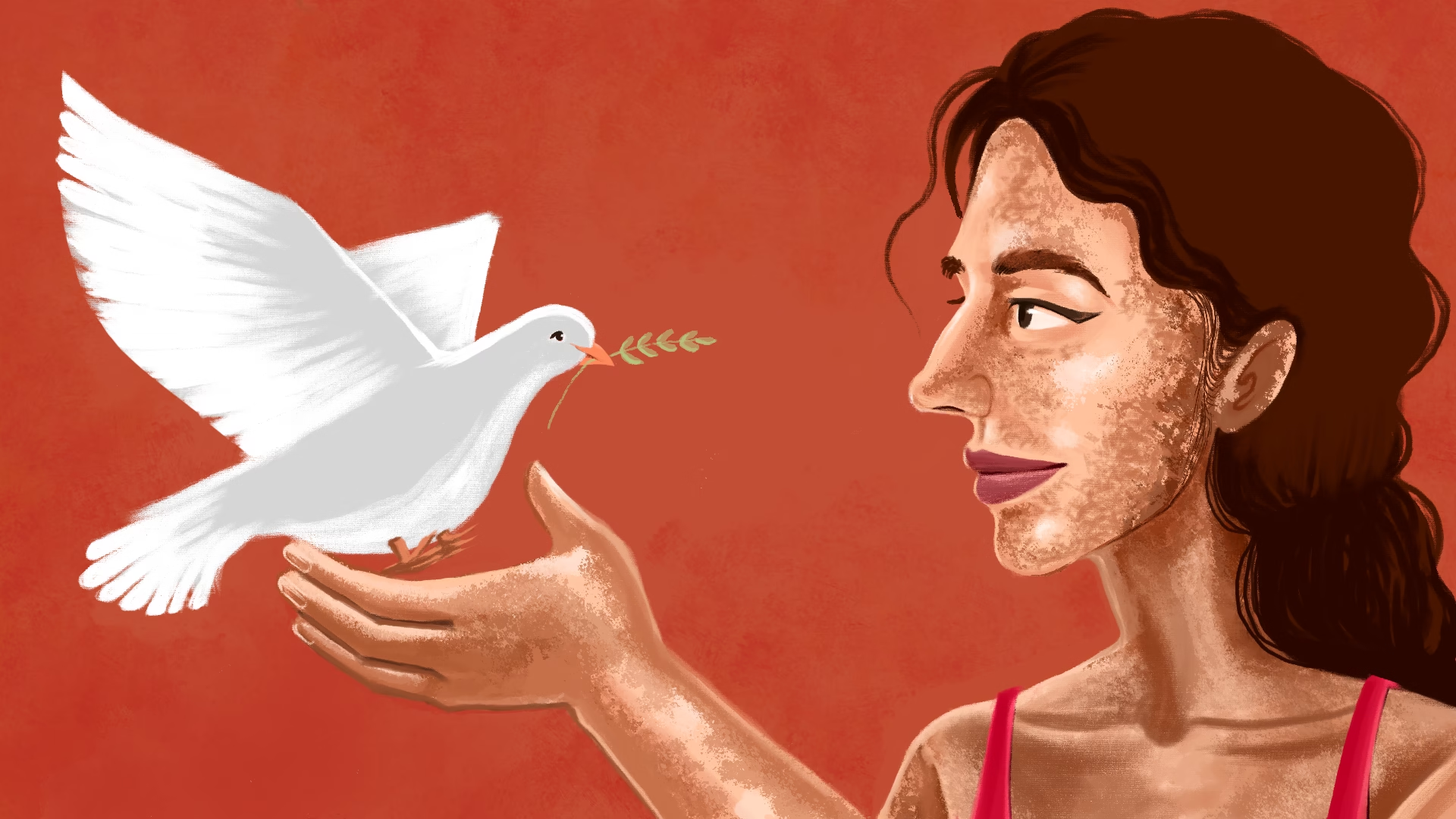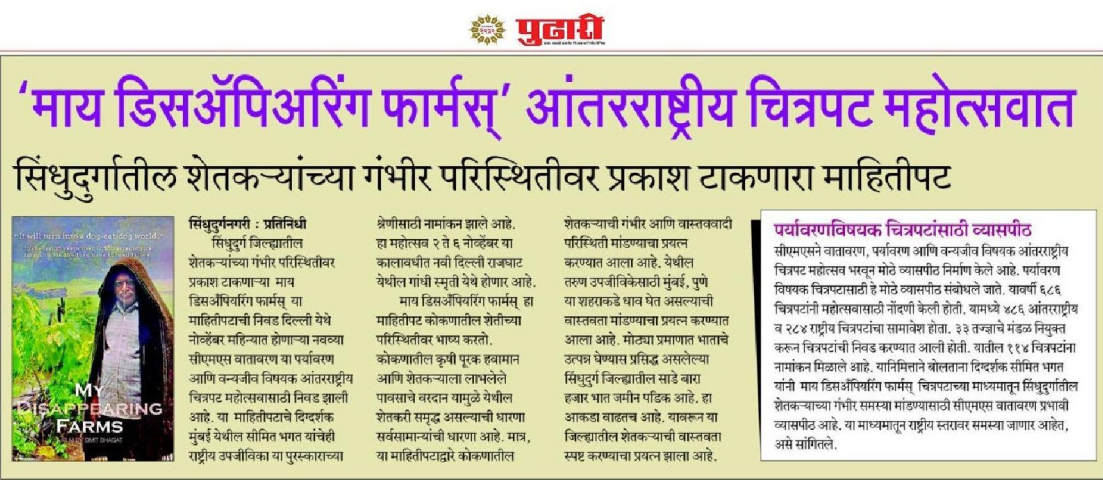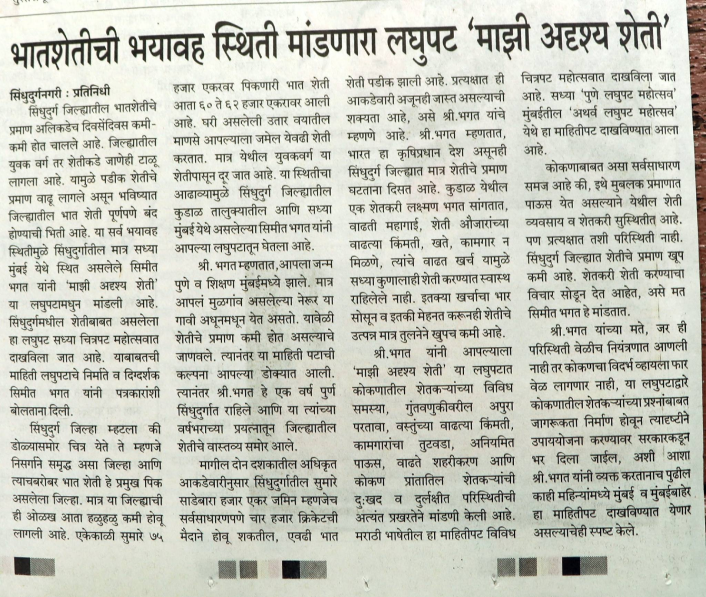It started with a pencil. A woman sat nervously in front of a forensic artist, describing herself. She said her chin was too big, her eyes too small, her cheeks too wide. The artist drew silently. Later, a stranger came in and described the same woman—but differently. Her eyes were warm, smile kind and her face, open and gentle.
The artist showed both sketches. The woman stared, shocked. The one drawn from her own words looked withdrawn, unsure. The other hopeful.
This was Dove’s Real Beauty Sketches campaign. A mirror, not of the body, but of the soul. A reminder that the stories we tell ourselves shape who we become. And this was just one of many creative campaigns that didn’t sell a product—they changed how people saw themselves, and each other.
Let’s journey through five such creative campaigns—beautiful, bold, brave stories—and explore the lessons they hold for anyone trying to make a difference in the world.
1. Dove’s Real Beauty – Let People See Themselves
When Dove launched its Campaign for Real Beauty in 2004, it wasn’t to sell soap. It was to question everything we believed about beauty.
Instead of polished models, Dove featured real women. Women with wrinkles, stretch marks, grey hair and round bellies. The message was simple: beauty isn’t a narrow box. It’s a wide-open field.
But it was the Real Beauty Sketches video, released in 2013, that truly broke the internet. It gathered over 114 million views, becoming the most-watched video ad at the time. Viewers cried, shared, and started talking—really talking—about how we see ourselves.
And here’s the remarkable thing—this honesty paid off. Dove wasn’t just touching hearts; it was growing. The brand began to outpace its parent company, Unilever—doubling its growth in markets like Australia and New Zealand over just four years.
2. HeForShe – Make Space at the Table
Back in 2014, something powerful began to shift on the global stage. It started with a simple idea: gender equality isn’t just a women’s issue—it’s everyone’s cause.
The campaign truly caught fire when actress Emma Watson stood at the podium of the United Nations and delivered a heartfelt speech. With grace and a trembling voice, she introduced HeForShe—a movement that didn’t talk at men about feminism but invited them into it.
The message was clear: gender equality isn’t just a women’s issue. It’s everyone’s issue. What followed was a wave.
Over 2 million people joined the movement. Across the world, leaders—from CEOs to students—committed to building a fairer world. The campaign sparked over 3 billion conversations, turning dinner tables, boardrooms, and classrooms into spaces of reflection and resolve.
Through the IMPACT 10x10x10 programme, universities pledged to close pay gaps. Corporations tracked and improved gender representation. Governments adopted more inclusive policies.
3. Love Has No Labels – Let Love Speak Louder
One ordinary day in an American square, passers-by gathered before a giant X-ray screen. Behind it, two skeletons danced, hugged, kissed. Then the figures stepped out.
A lesbian couple. A Black man and an Asian woman. A child with her father in a wheelchair. A pair of best friends, one of them trans. And just like that, people gasped, clapped, and cried.
This was “Love Has No Labels”, a campaign by the Ad Council that tackled bias not with confrontation—but with love.
The video went viral, reaching over 61 million views. Schools screened it. Churches discussed it. Offices forwarded it. It didn’t scold. It invited.
Those who saw this creative campaign were statistically more likely to challenge bias in their own lives. It won an Emmy for Best Commercial and became a masterclass in gentle but powerful activism.
4. #IWillNotBeDeleted – Turn Pain into Power
She took a selfie. Posted it. Waited. Then came the comments.
“Delete this.”
“You’re too dark.”
“Why would you post that?”
The internet can be brutal. But in 2018, Rimmel London and the Cybersmile Foundation said: enough.
The #IWillNotBeDeleted campaign stood up for everyone who’d been bullied online for how they look. It featured celebrities like Rita Ora, yes—but more importantly, it featured people with real scars, real birthmarks, real pain. People who had deleted their photos—and were now taking that power back.
The creative campaign reached over 650 million people worldwide. The videos were viewed over 750,000 times. It educated more than 20,000 young people on digital safety and confidence. Thousands found the courage to share their stories. It turned silence into solidarity and shame into pride.
5. Peace One Day – Mark the Moment
What if there was one day a year where no one fought?
That was filmmaker Jeremy Gilley’s dream. In 1999, he started Peace One Day, a campaign to create a day of global ceasefire and non-violence.
People doubted him. But in 2001, the United Nations formally declared 21st September as the International Day of Peace. Still, Jeremy didn’t stop there. He kept going. Kept pushing.
And then—miraculously—in 2007, a ceasefire was declared in parts of Afghanistan. It allowed health workers to vaccinate 1.4 million children against polio. A few years later, that number rose to 4.5 million.
In 2016, the Peace Day message reached 2.2 billion people. Around 16 million people reported behaving more peacefully. Even if just for a day—that mattered.
Your story could be next
Each of these creative campaigns started with a question. A pencil sketch. A speech. A skeleton on a screen. A selfie. A dream.
And now, they live on as blueprints for what’s possible when we tell stories that are truthful, tender, and brave.
If you’re passionate about communications and storytelling in the development sector, don’t miss out on our insights in our newsletter.











